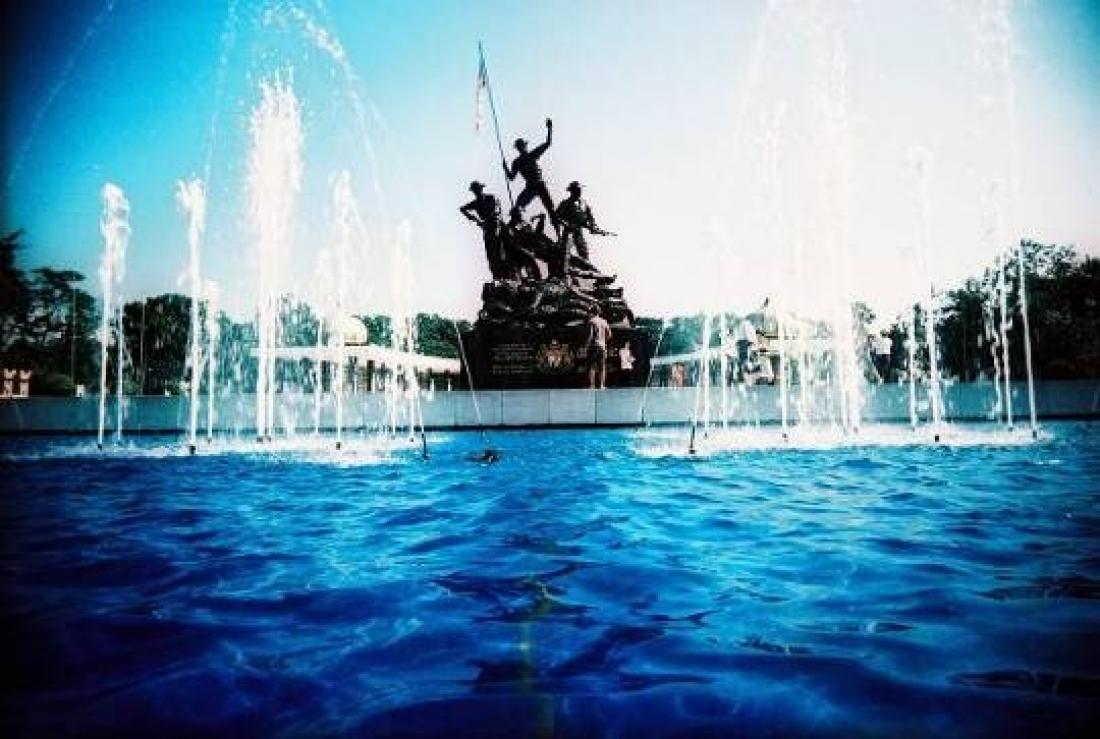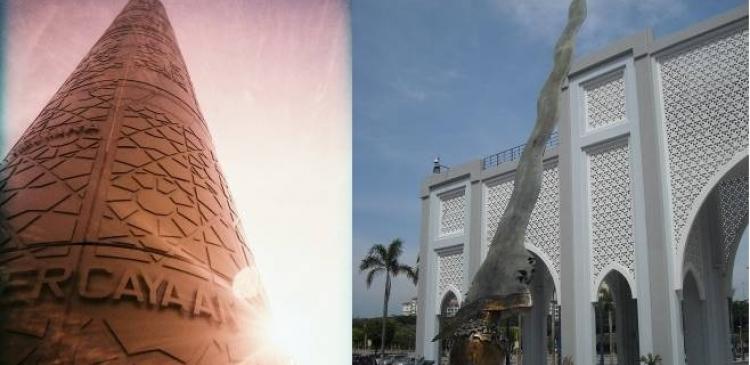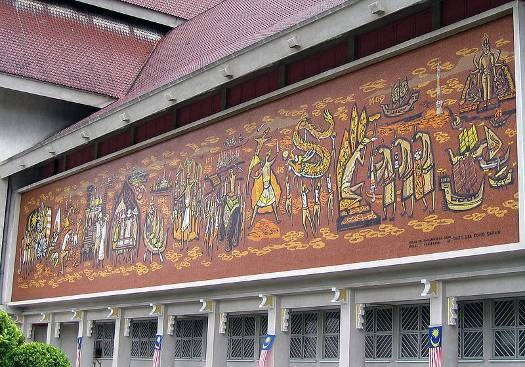A good example of public art is the National Monument in Kuala Lumpur, which visualises Malaysia’s historic moment, triggers the sense of national identity.
Writing in the latest issue of the Pertanika Journal of Social Sciences & Humanities they define public art as: an ‘art form that exists in public space for public view’.
They argue that with an appropriate application to urban contexts, public art should bring a ‘better living environment’. Art can achieve this not only by making a place aesthetically pleasing, but also by creating a community bond which links art with local history or identity for example.
A major challenge is the current disintegration of art from urban landscapes in Malaysia. For example, art is often placed in cities simply to ‘fill space’ rather than being truly integrated to deliver educational, social and cultural value to the community and perpetuated in some cases by the bureaucrats, as opposed to art specialists, who are asked to select pieces.
Underlining these issues is a general lack of understanding of public art in Malaysia and a poor level of collaboration between artists, related professionals and authorities to make public art flourish in line with the development of urban culture, according to the study. As a result of these problems, the researchers suggest that a more coherent approach towards the instalment of public art is necessary.
In order to find out how the current situation could be improved, the researchers asked ten experts what should be done.
About 90 per cent of the respondents’ emphasised the need to better integrate art into the city environment. One way to do this is to ensure that artworks make reference to Malaysian culture and/or history to promote the identity and sense of community in a place.
Support from the government and educators should also play a major role in the raising awareness of public art and enhancing appreciation.
The researchers said that public art matters to the city development as it helps improve the quality of life in urban areas. They added: “Its contributions uplift the place environment, improve social characteristics and elevate the standard of education.”
WRITTEN BY: Aya Kawanishi
For further information contact:
Mohd Fabian Bin Hasna
Universiti Putra Malaysia
Department of Landscape Architecture
Faculty of Design and Architecture
Universiti Putra Malaysia, 43400
Serdang, Selangor, Malaysia
Email: [email protected]
--------------------------------------------------------------------
About Pertanika Journal of Social Sciences & Humanities (JSSH)
Pertanika Journal of Social Sciences & Humanities (JSSH) is published by Universiti Putra Malaysia in English and is open to authors around the world regardless of nationality. It is published four times a year in March, June, September and December. Other Pertanika series include Pertanika Journal of Tropical Agricultural Science (JTAS), and Pertanika Journal of Science & Technology (JST).
JSSH aims to develop as a pioneer journal for the social sciences with a focus on emerging issues pertaining to the social and behavioural sciences as well as the humanities. Areas relevant to the scope of the journal include Social Sciences—Accounting, anthropology, Archaeology and history, Architecture and habitat, Consumer and family economics, Economics, Education, Finance, Geography, Law, Management studies, Media and communication studies, Political sciences and public policy, Population studies, Psychology, Sociology, Technology management, Tourism; Humanities—Arts and culture, Dance, Historical and civilisation studies, Language and Linguistics, Literature, Music, Philosophy, Religious studies, Sports.
The journal publishes original academic articles dealing with research on issues of worldwide relevance. The journals cater for scientists, professors, researchers, post-docs, scholars and students who wish to promote and communicate advances in the fields of Social Sciences & Humanities research.
Website: http://www.pertanika.upm.edu.my/
For more information about the journal, contact
The Executive Editor (Pertanika Journals)
Head, Journal Division, UPM Press
Office of the Deputy Vice Chancellor (R&I)
Tower 2, UPM-MDTC Technology Centre
Universiti Putra Malaysia
43400 Serdang, Selangor
Malaysia.
Phone: +(603) 8947 1622 | +(6) 016 217 4050
Email: [email protected]
**
Date of Release: 8 August, 2012.
Acknowledgements
The Executive Editor, Pertanika journals





